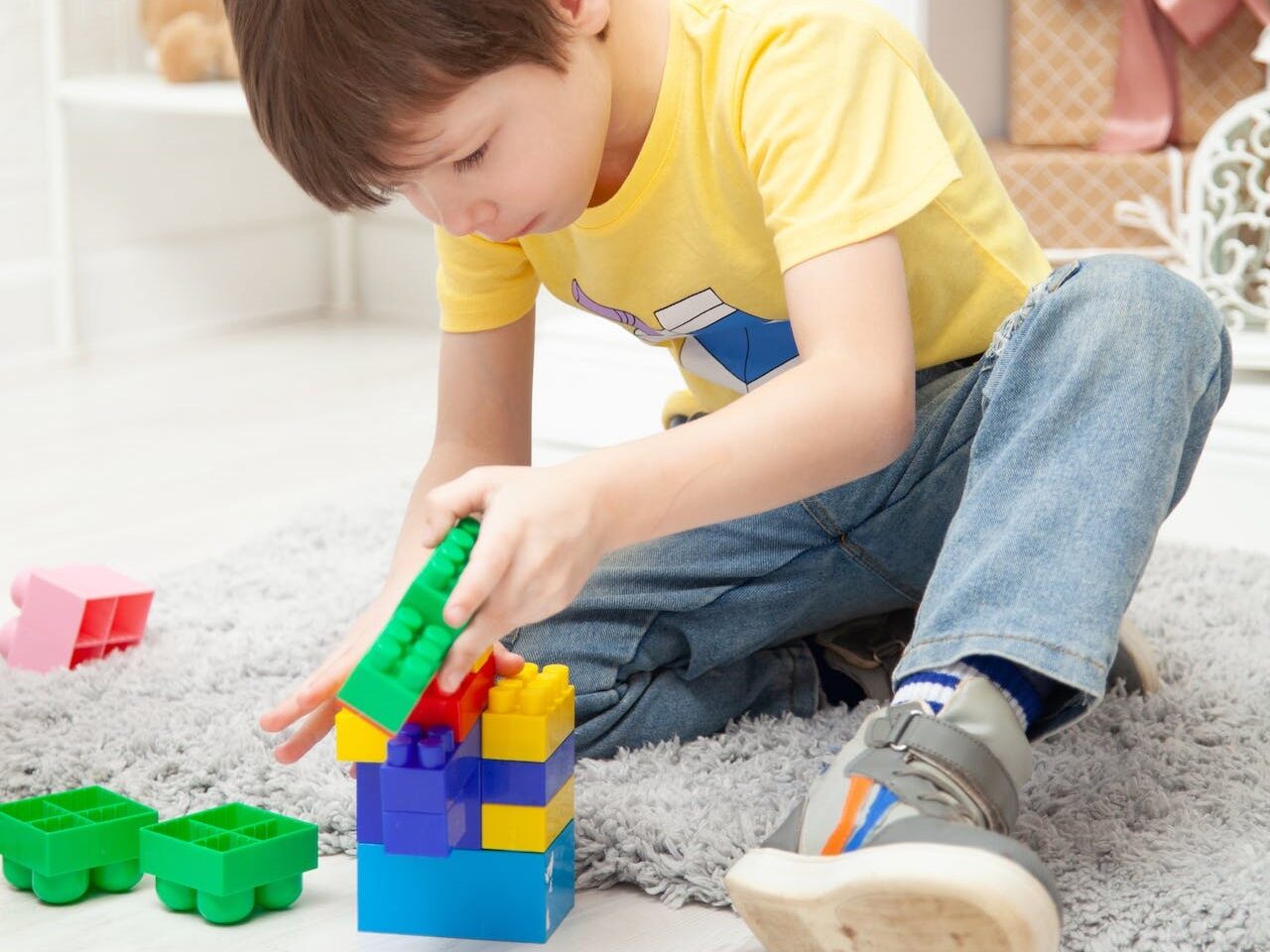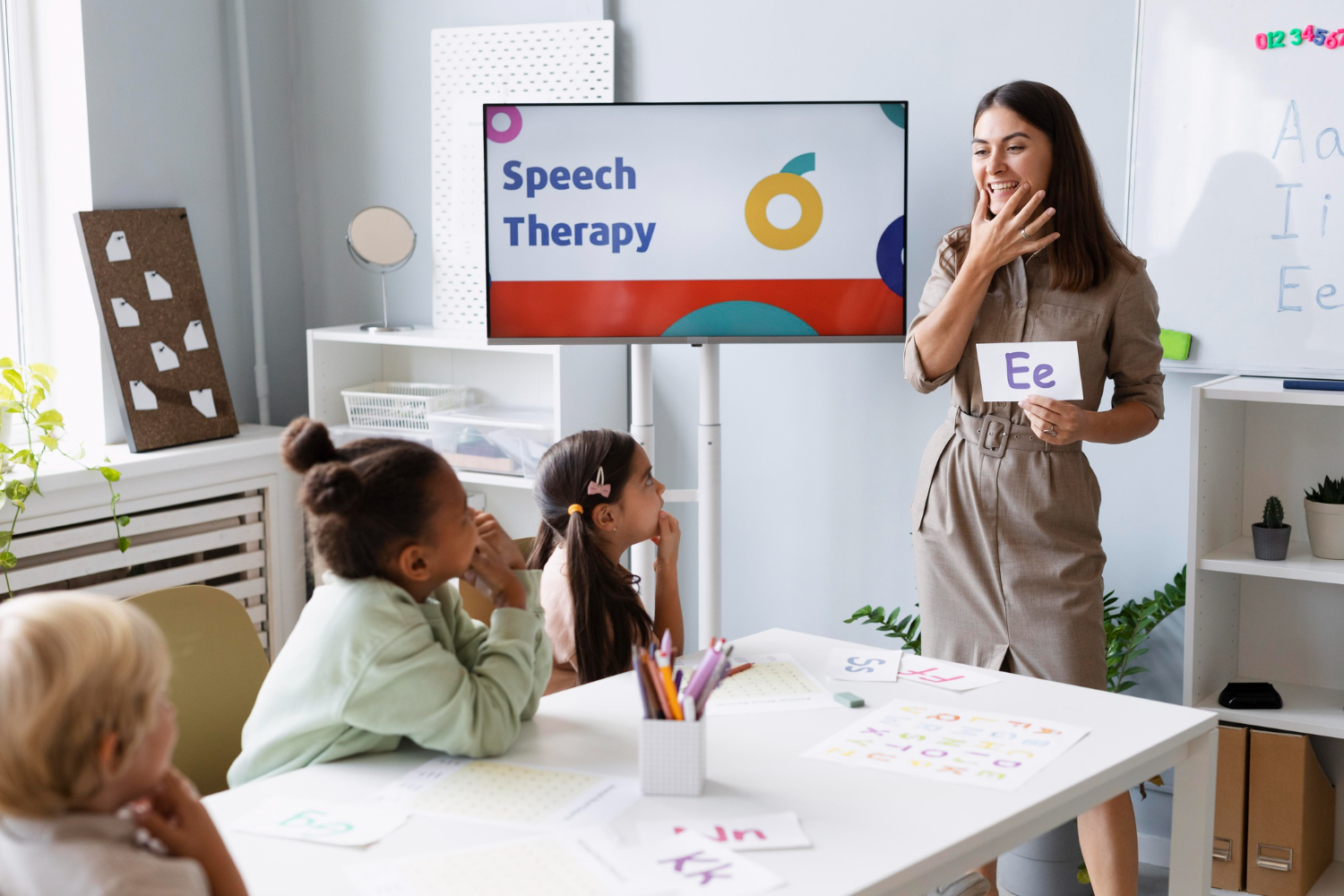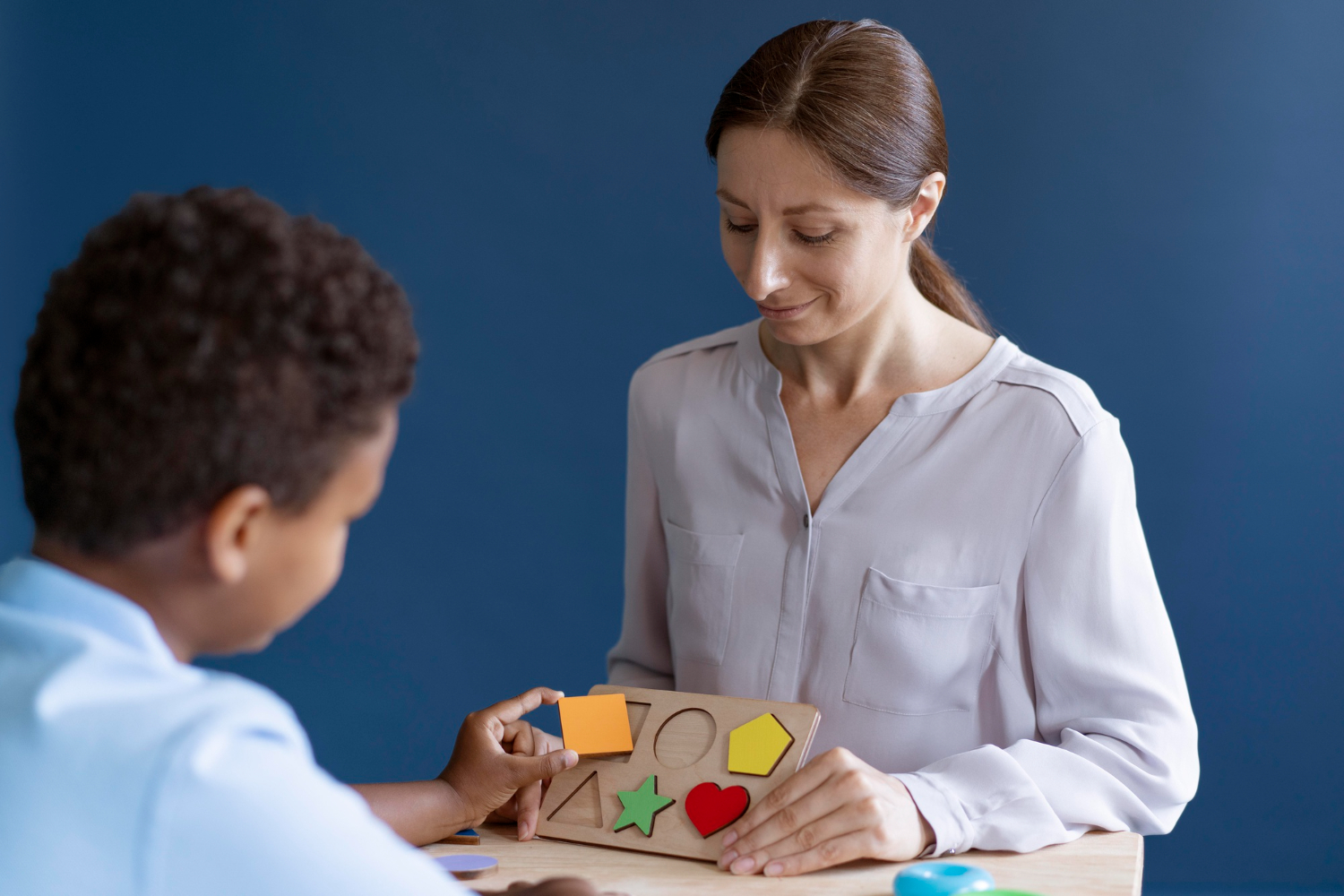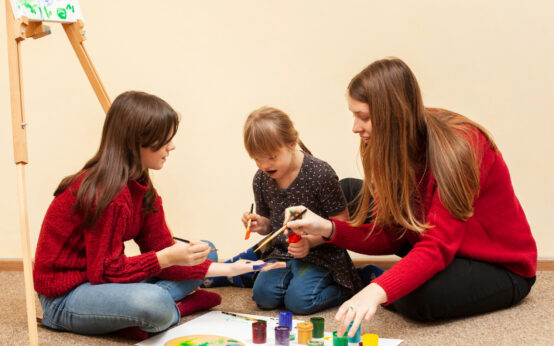Introduction
Caring for an autistic child can be financially challenging due to the expenses associated with therapy. Professional therapy is not always readily available or affordable. Nevertheless, research suggests that parents and caregivers can implement certain autism therapies at home, fostering improvement in their child’s skills while strengthening the parent-child bond.
Although autism cannot be “cured,” there are six well-established, risk-free therapies that parents can integrate into their routine without significant time or financial investments. These therapies include:
Play Therapy
Play therapy involves learning through the medium of play, a concept that is exactly as it sounds. When it comes to autistic children, they often tend to engage in solitary play and repetitive actions rather than participating in imaginative play.
The primary objective of play therapy is to foster the development of social interaction and communication skills in autistic children. Ultimately, the aim is to enhance their capacity to partake in new activities and engage in symbolic play over time.

To initiate play therapy, parents or caregivers can establish connections with their child through activities like chase-and-tickle games, bubble blowing, or sensory experiences such as:
- Swinging
- Sliding
- Wriggling through a tube
- Finger painting or footprint painting
- Mud play: involving mashing, scooping, and creating things from mud
- Sand and water play: Combine sand and water in a large container; include shells, plastic fish, and rocks for splashing, swirling, and interactive play.
As the child’s skills progress, there is potential to advance to activities that involve taking turns in back-and-forth games, engaging in collaborative play, or even participating in make-believe scenarios.
Speech Therapy
For some autistic children, challenges may arise in the realm of speech and language skills. While speech therapy is a specialized field, there are elements of speech and communication therapy that parents can incorporate with relatively minimal training.
Speech therapy aims to enhance both verbal and nonverbal communication skills, utilizing methods such as signs, gestures, pictures, or electronic speaking devices. To begin this journey, a valuable resource is the Hanen Centre, which offers accessible ways for parents to engage in speech and communication therapy.

Specifically tailored for parents and caregivers, Hanen’s More Than Words and Talkability programs designed for use with autistic children. These programs not only address speech and communication challenges but also serve as effective bonding techniques with your child. Interested individuals can opt for in-person Hanen classes or acquire guidebook/DVD combos from the Hanen Centre to initiate these valuable practices.
Applied Behavior Analysis (ABA)
Applied Behavior Analysis (ABA) often hailed as the gold standard in autism therapy due to its emphasis on setting specific and measurable goals. Despite some objections from autism advocates who criticize its reliance on behavior modification principles, many professionals endorse ABA, citing its reported success.
While formal certification courses in ABA are available, there are also quick online training programs that allow parents to apply ABA techniques in their homes. Basic ABA concepts, even without formal training, can be approached in a simple and intuitive manner:

- Identify the skill you want to teach, such as brushing teeth.
- Break down the skill into manageable steps (e.g., find the toothbrush, wet it, etc.).
- Demonstrate the first step to your child, occasionally providing hands-on guidance if needed. Once you are confident that your child understands the step, encourage them to attempt it independently.
- Offer praise and a small reward if your child successfully completes the step. If compliance is not immediate, repeat the instruction, ensuring your child connects the words used to the corresponding action.
- Once the first step is master, proceed to teach the next step in the sequence.
- If your child requires additional support in linking the steps together (known as chaining), provide a visual aid, such as a chart illustrating the steps of the skill being taught.
This approach allows parents to incorporate ABA techniques into their homes, fostering skill development in a structured and positive manner.
Floortime
Floortime shares commonalities with play therapy but centered around the concept of parents actively working to expand “circles of communication” with their autistic child. The key focus of Floortime techniques is to encourage the child’s engagement in reciprocal interactions, whether verbal or nonverbal, fostering the development of social skills and emotional connections.
In the practice of Floortime, parents join their child’s activities and follow their lead during play sessions. These sessions, which typically last around 20 minutes or more, can be led by parents, guardians, or even older siblings and are adaptable to various settings.

Parents interested in incorporating Floortime techniques can avail themselves of resources such as online courses, instructional videos, books, or by working with a Floortime therapist. These avenues provide valuable insights and guidance on how to effectively implement Floortime strategies, creating an enriching environment for interaction and communication with their autistic child.
Relationship Development Intervention (RDI)
Relationship Development Intervention (RDI) is a therapeutic approach specifically for parents and guardians, similar to Floortime. Rooted in developmental theories, RDI empowers parents to actively assist their autistic children in developing essential social communication skills.
The core emphasis of the RDI model revolves around engaging in activities that promote the child’s cognitive flexibility, aiding them in navigating social situations, adapting to change, and comprehending diverse perspectives.

Distinct from Floortime, RDI follows a structured framework with defined goals and activities. To embark on this approach, parents are typically required to collaborate with a consultant who guides them through the process.
For those seeking a developmental therapy model with a well-defined program and are open to hiring a consultant for initial guidance, RDI could be a fitting choice. It provides a systematic approach to fostering social communication skills in autistic children through tailored activities and goals.
Parent-Child Interaction Therapy (PCIT) for Aggressive Behaviors
For autistic children exhibiting challenging aggressive behaviors that impede their ability to leave home or participate in regular activities, Parent-Child Interaction Therapy (PCIT) offers a specialized technique. This approach tailored for children with aggressive tendencies and involves parents or guardians being trained by consultants to administer the therapy.
The primary objective of PCIT is to disrupt the escalation of negative behaviors between the parent and child. Through this therapy, parents learn to establish clear limits and assert authority in the parent-child relationship. The underlying principle of PCIT is grounded in the belief that cultivating a strong and secure attachment relationship is fundamental for effective limit-setting and maintaining consistency in discipline.

By prioritizing a secure attachment, PCIT aims to enhance the overall mental health of both the parent and the child. This approach acknowledges the critical role of a healthy parent-child relationship in mitigating aggressive behaviors and fostering a positive environment for the child’s development.
conclusion
In conclusion, while professional autism therapies may be expensive and inaccessible, parents can play a vital role in implementing established therapies to support their autistic child’s development. Some therapies require specialist training, while others can be self-taught through various resources, including reading, videos, and online courses.
Source
- Wetherby, A. M., Woods, J., Allen, L., Cleary, J., Dickinson, H., & Lord, C. (2004). Early indicators of autism spectrum disorders in the second year of life. Journal of Autism and Developmental Disorders, 34(5), 473-493.
- Weston, L., Hodgekins, J., Langdon, P. E., & Escott Price, V. (2016). The parenting strategies of mothers and fathers of children with autism spectrum disorders. In Encyclopedia of Mental Health (pp. 207-213). Elsevier.
- Wetherby, A. M., Prizant, B. M., & Rydell, P. J. (2000). Communication and Symbolic Behavior Scales Developmental Profile (CSBS DP): Manual. Brookes Publishing.







